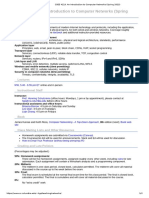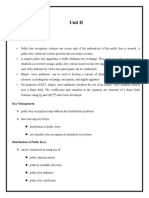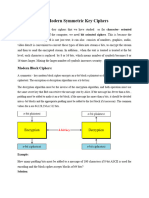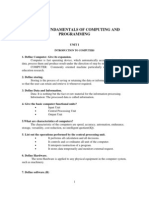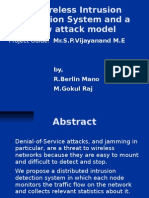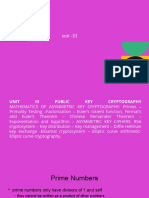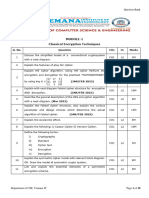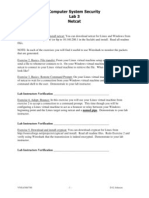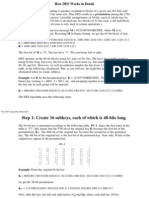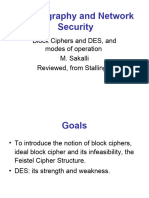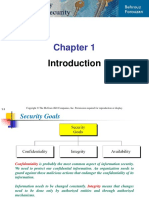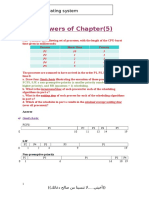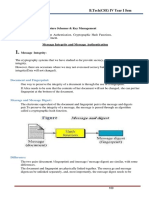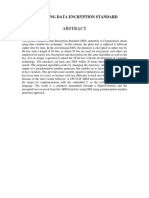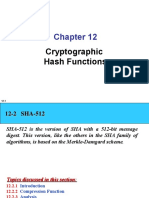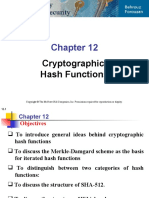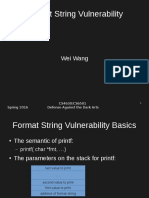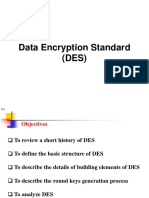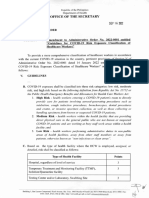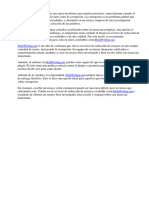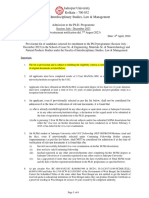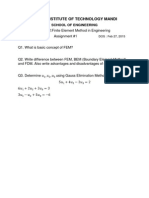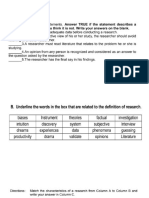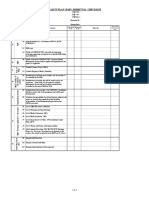0% found this document useful (0 votes)
128 views36 pagesThe Electronic Equivalent of The Document and Fingerprint Pair Is The Message and Digest Pair
The document discusses MD5, a cryptographic hash function that produces a 128-bit hash value. It details how MD5 works, including padding the message, initializing a buffer, processing the message in 512-bit blocks through four rounds of operations, and outputting the final hash value. While MD5 was widely used, concerns have arisen about its resistance to brute force and cryptanalytic attacks. The strength of MD5 relies on the hash being dependent on all message bits, though various attacks have been demonstrated on parts of its design.
Uploaded by
RAJ TAPASECopyright
© © All Rights Reserved
We take content rights seriously. If you suspect this is your content, claim it here.
Available Formats
Download as PPT, PDF, TXT or read online on Scribd
0% found this document useful (0 votes)
128 views36 pagesThe Electronic Equivalent of The Document and Fingerprint Pair Is The Message and Digest Pair
The document discusses MD5, a cryptographic hash function that produces a 128-bit hash value. It details how MD5 works, including padding the message, initializing a buffer, processing the message in 512-bit blocks through four rounds of operations, and outputting the final hash value. While MD5 was widely used, concerns have arisen about its resistance to brute force and cryptanalytic attacks. The strength of MD5 relies on the hash being dependent on all message bits, though various attacks have been demonstrated on parts of its design.
Uploaded by
RAJ TAPASECopyright
© © All Rights Reserved
We take content rights seriously. If you suspect this is your content, claim it here.
Available Formats
Download as PPT, PDF, TXT or read online on Scribd
/ 36

